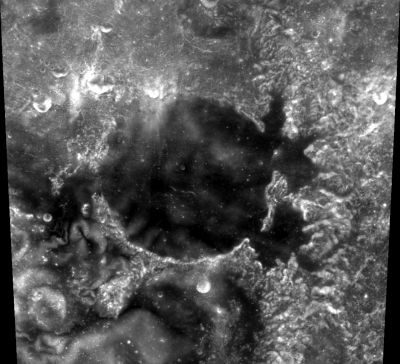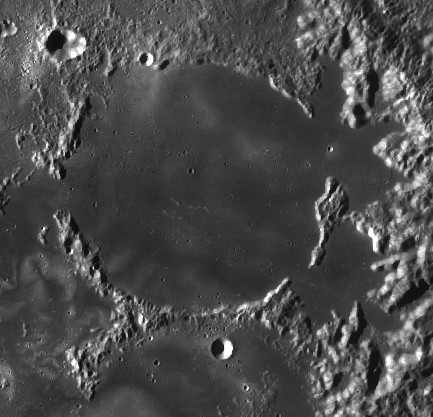Thomson
Contents
Thomson (at the NE part of Mare Ingenii)
| Lat: 32.7°S, Long: 166.2°E, Diam: 117 km, Depth: km, Rükl: (farside) |
Table of Contents
[#Thomson (at the NE part of Mare Ingenii) Thomson (at the NE part of Mare Ingenii)]
[#Thomson (at the NE part of Mare Ingenii)-Images Images]
[#Thomson (at the NE part of Mare Ingenii)-Maps Maps]
[#Thomson (at the NE part of Mare Ingenii)-Description Description]
[#Thomson (at the NE part of Mare Ingenii)-Description: Wikipedia Description: Wikipedia]
[#Thomson (at the NE part of Mare Ingenii)-Additional Information Additional Information]
[#Thomson (at the NE part of Mare Ingenii)-Nomenclature Nomenclature]
[#Thomson (at the NE part of Mare Ingenii)-LPOD Articles LPOD Articles]
[#Thomson (at the NE part of Mare Ingenii)-Bibliography Bibliography]


left: Clementine . right: LROC . Mare Ingenii east rim at right border
Images
LPOD Photo Gallery Lunar Orbiter Images Apollo Images
AS15-87-11724 is the first one of two orbital Hasselblads which show the flooded crater Thomson at the northeastern part of Mare Ingenii. Looking south. - DannyCaes DannyCaes Dec 27, 2007
Kaguya HDTV image
Maps
([/LAC%20zone LAC zone] 119B1) USGS Digital Atlas PDF
Description
Description: Wikipedia
Additional Information
Nomenclature
Sir Joseph John Thomson, FRS (December 18, 1856 – August 30, 1940) usually known as J. J. Thomson, was a British scientist. Thomson is credited for the discovery of the electron, of isotopes, and the invention of the mass spectrometer. His discovery of electrons was made known in 1897, and caused a sensation in scientific circles, eventually resulting in him being awarded a Nobel Prize in Physics in 1906.
LPOD Articles
Bibliography
This page has been edited 1 times. The last modification was made by - tychocrater tychocrater on Jun 13, 2009 3:24 pm - afx3u2